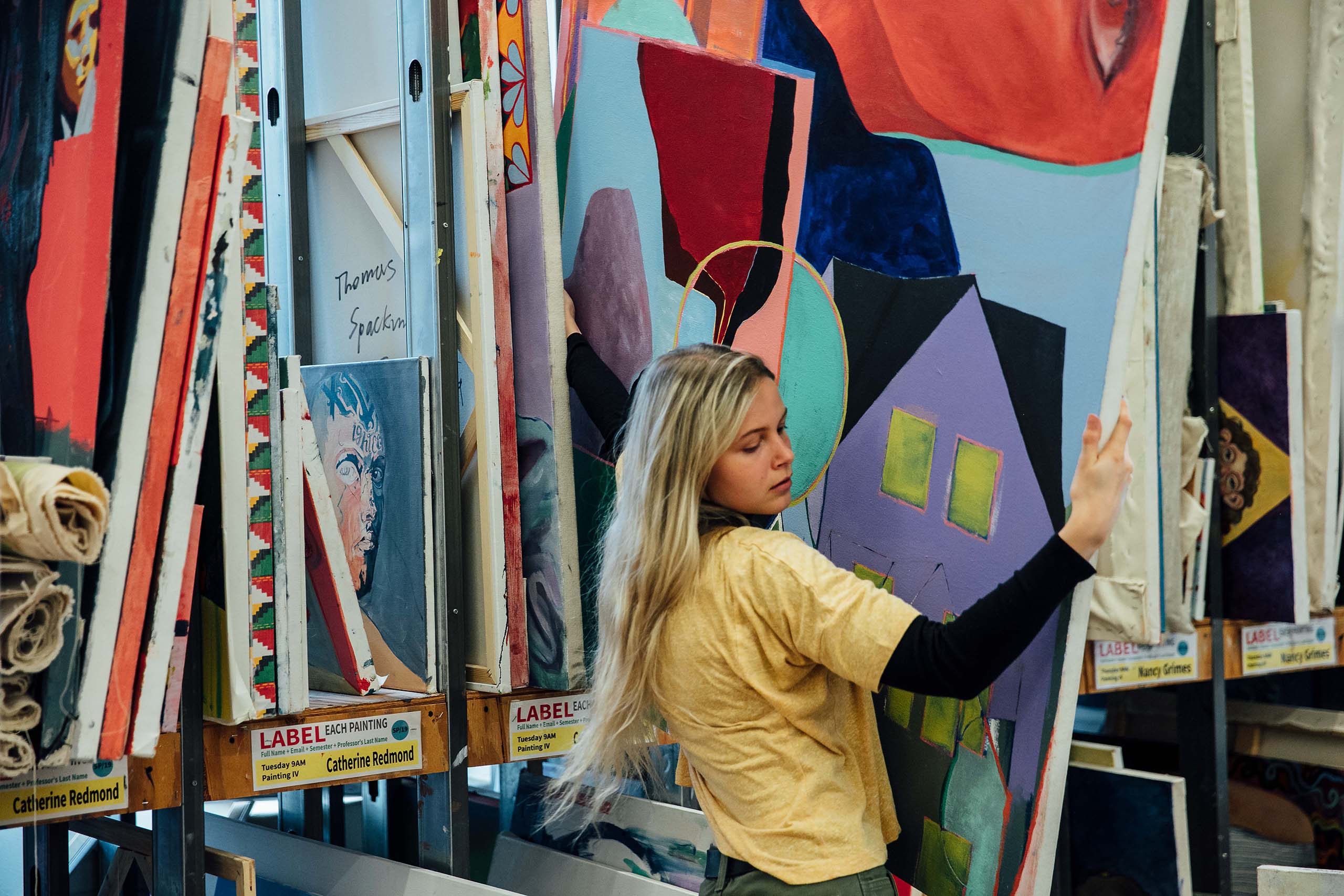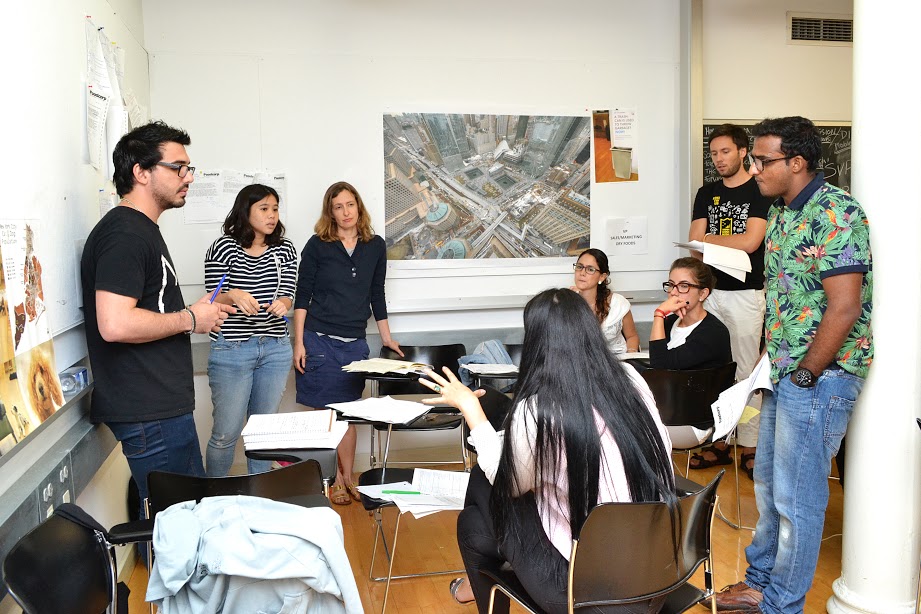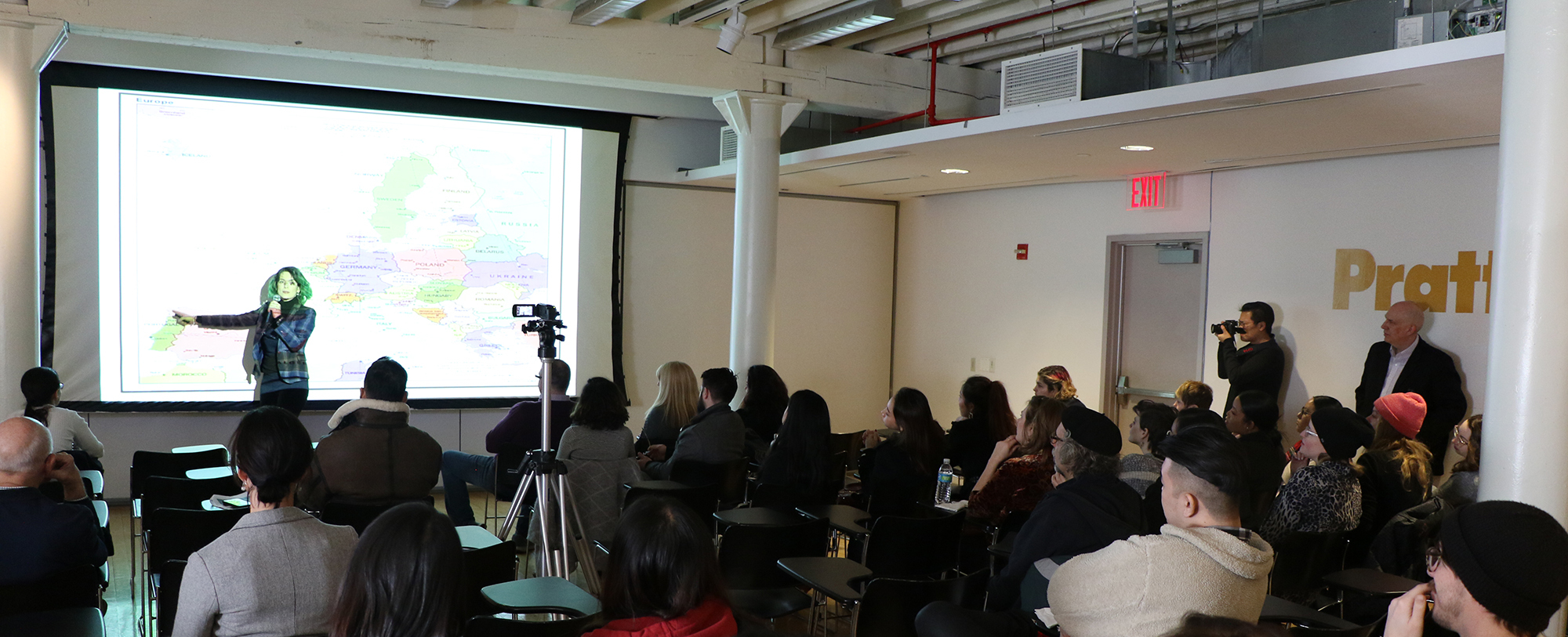
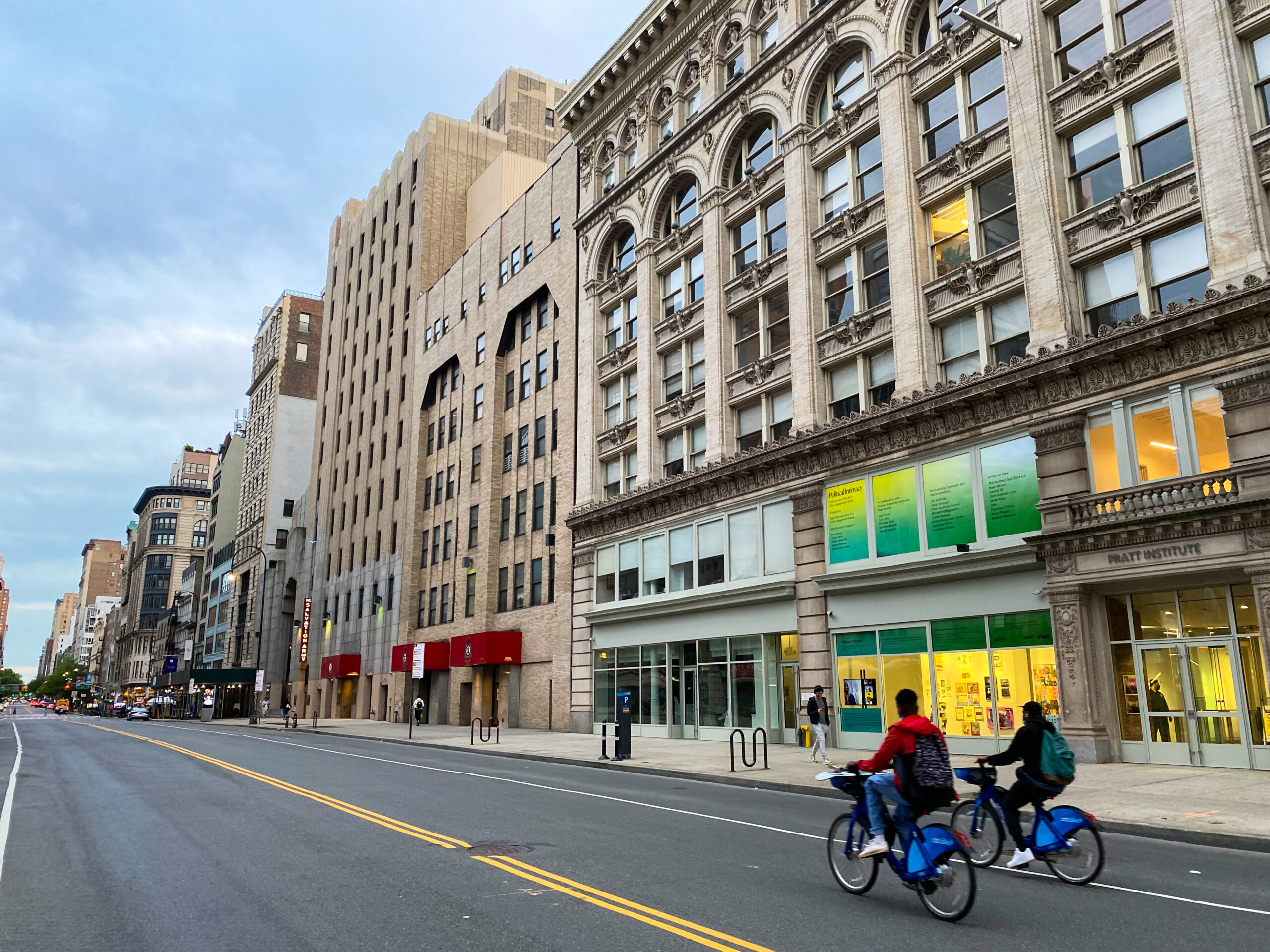
Advance your career with an M.P.S. in Arts & Cultural Management at Pratt Institute
Pioneer new media projects, manage entertainment enterprises, or create unforgettable experiences with diverse audiences. Pratt Institute’s M.P.S. in Arts & Cultural Management will prepare you for leadership and management roles in arts, entertainment, communication, and culture.
Why Choose Pratt’s Arts & Cultural Management Program?

Designed to help you navigate a changing world and build a career that uses the power of culture to create change, Arts & Cultural Management (ACM) is the next step in developing a career in the business of culture.
Use multidisciplinary approaches to lead and manage creative enterprises in the arts, entertainment, communication, and culture. Your fellow students come from backgrounds including: business, communication, culinary arts, hospitality, events management, advertising, entertainment, animation, theater, music, literary, visual and performing arts, anthropology, sociology, psychology, and design. What you have in common is the desire to start, lead, and manage organizations that will take on critical challenges like climate disruption and inequity. Culture and the creative sectors can drive transformation and create sustainable and balanced growth.
Our Faculty
-
Assistant Chairperson; Visiting Assistant Professor
-
Chairperson
-
Professor
-
Adjunct Associate Professor
-
Professor
A Pathway to Career Development, Influence, and Leadership
Pratt’s Arts & Cultural Management program prepares you to take the next step in a career that aligns your creativity with your ability to lead and manage strategically and sustainably. ACM graduates build careers across emerging creative economies including arts, entertainment, and media. Pratt’s long history of arts and cultural leadership across the world assures access to a network of faculty dedicated to your success, creative industry leaders, and alumni willing to help and mentor.
Learn how to apply or request more information.
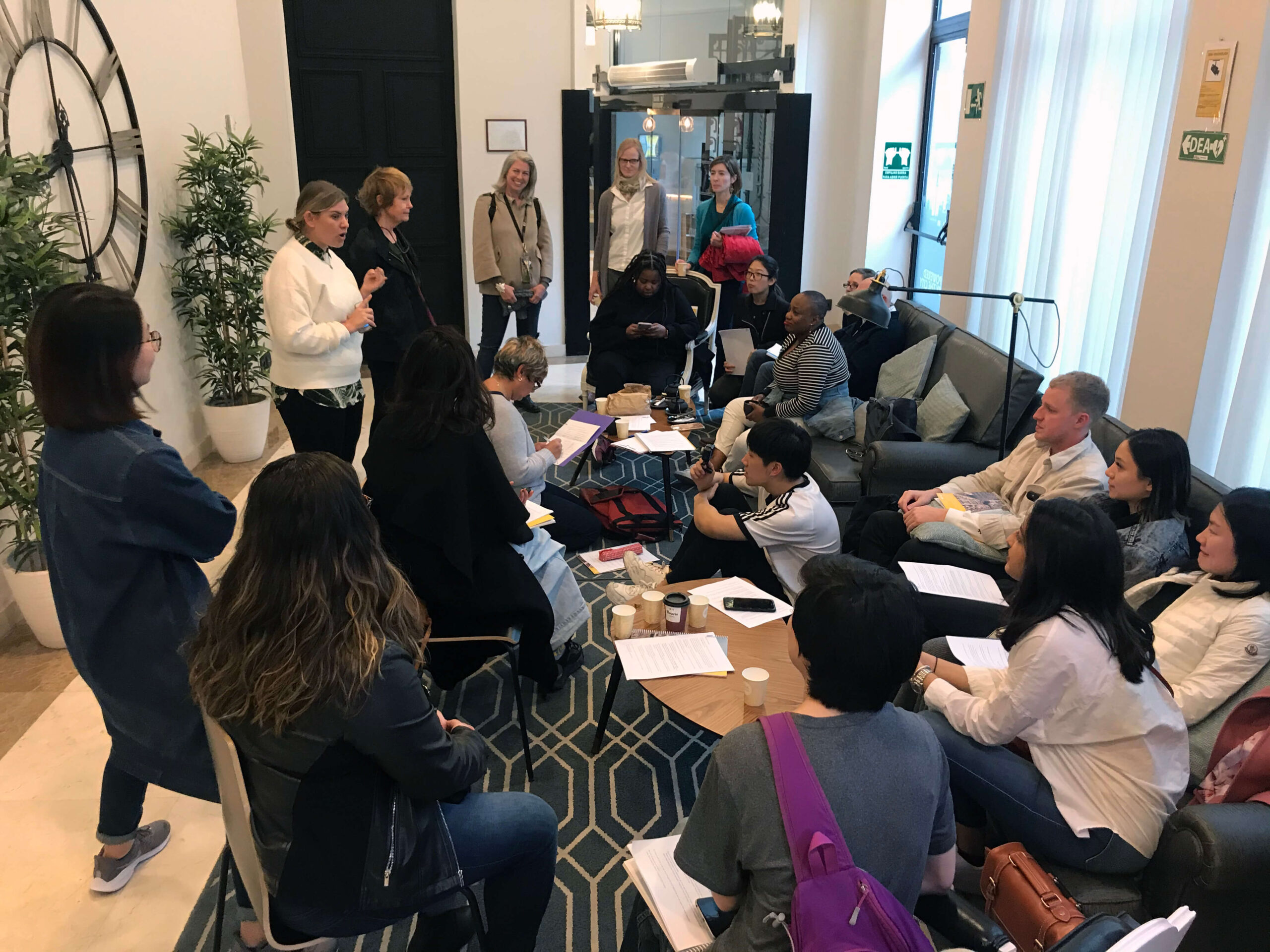
Pratt Makes an Investment in You: Scholarships & Support
We offer generous scholarship and support for those who want to leverage the power of culture and creativity to lead.
All applicants are considered for merit scholarships during review of applications; a separate scholarship application is not required. For students in good academic standing (i.e., if the student maintains a minimum 3.0 GPA), merit scholarships are automatically renewed for each semester.
Other Support
Support for research-based scholarly and/or creative projects that enhance students’ professional development—individually or through small student teams—are available through the Graduate Student Engagement Fund (GSEF).
Ready for More?
| HERE’S HOW TO APPLY | OUR CAMPUS & BEYOND |
|---|---|
| Join us at Pratt. Learn more about admissions requirements, plan your visit, talk to a counselor, and start your application. Take the next step. | You’ll find yourself at home at Pratt. Learn more about our residence halls, student organizations, athletics, gallery exhibitions, events, the amazing City of New York and our Manhattan and Brooklyn neighborhood communities. Check us out. |
